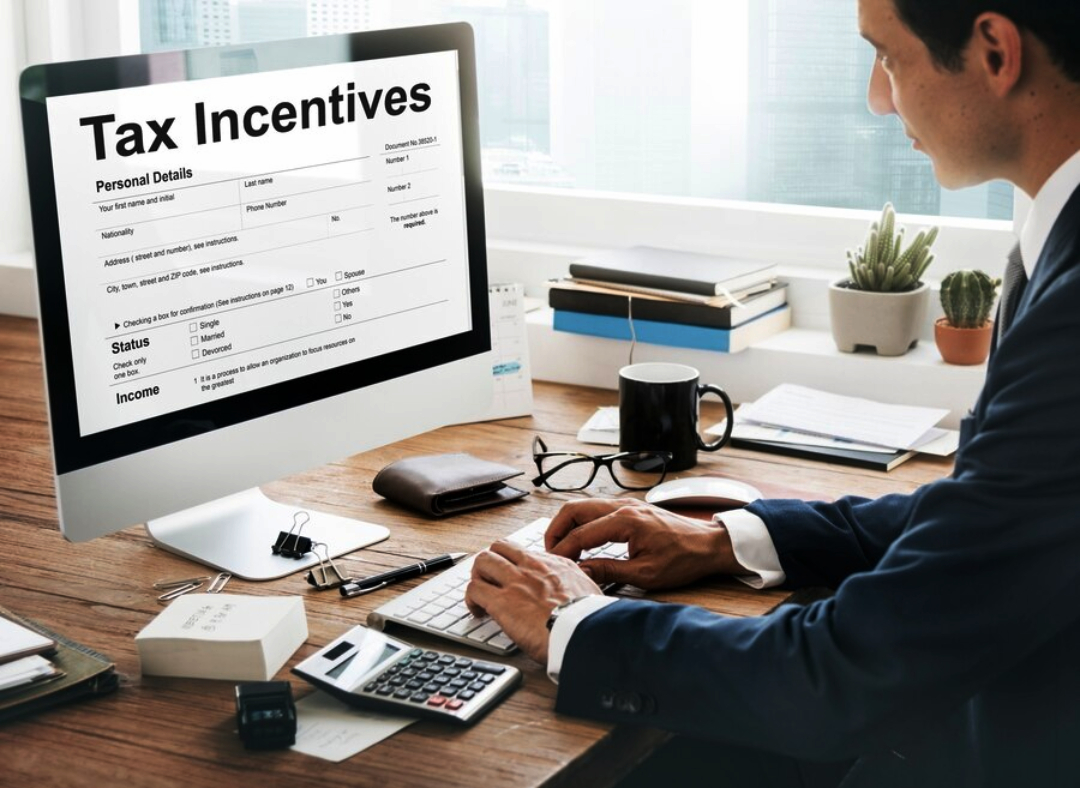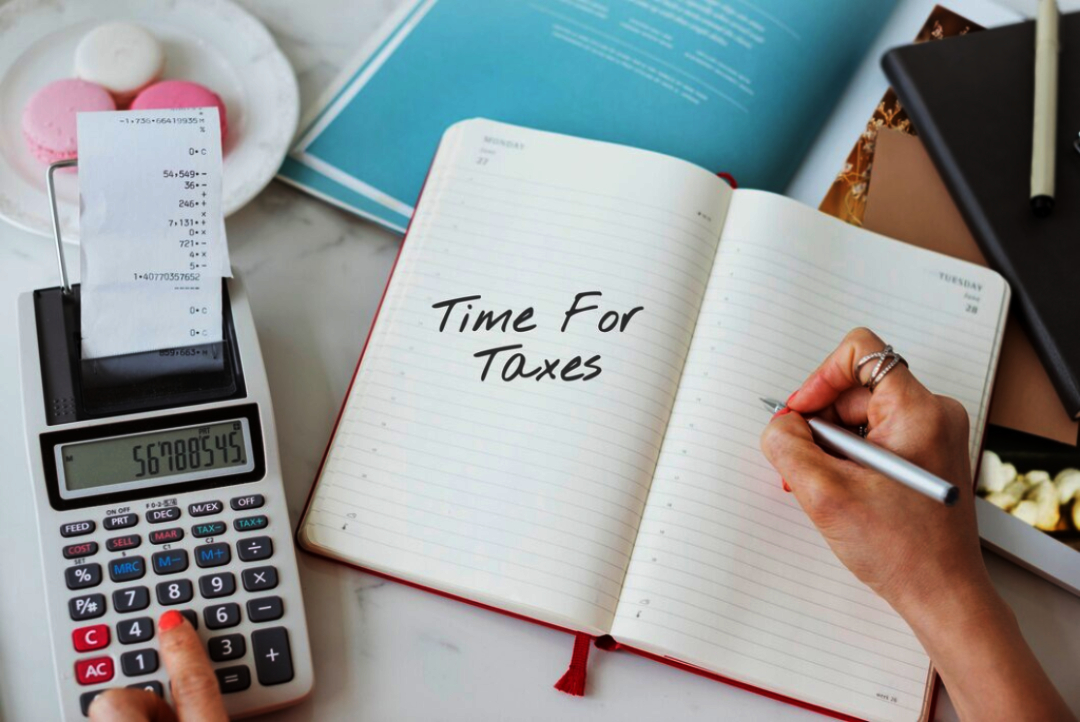Oreo – Managing their tax obligations is fairly a macro problem for most individual and corporate taxpayers. Non compliance carries some danger given the present structure of tax regulations, which are a little too complex and evolve constantly. Ignorance of the regulations results in fines on personal finances and lost chances for tax savings, thereby rendering the overall finance ineffective.
Good tax planning presents a strong means of control and optimization of tax obligations. Through careful tax preparation, people and companies can fully profit from the tax advantages while also following internal revenue rules. It is a preventive action for pinning down paths by which tax savings through credits, deductions, and other tax advantaged tactics can be reached.
Second, by highlighting the taxes within active control in line with the financial objectives, tax planning organizes long term financial plans. It provides one with clarity and foresight, thereby allowing companies and people better control of their cash flow and financial security. Among the outcomes are lowering of the tax load, more financial efficiency, and better financial state of health.

It is therefore the most important instrument for negotiating the complexity of the tax system to guarantee compliance and financial success. By means of strategic tax liability management, individuals and companies will be able to realize better prospects of financial success and long term stability.
Having a tax strategy created before the tax season starts is absolutely vital as we enter the wind down near the conclusion of 2021. This permits you to be rather proactive in controlling your tax obligations free of surprises. We will lead you through the process of developing a thorough tax plan covering everything from knowledge of your tax bracket to application of several tax saving techniques here. These actions will help you, regardless of experience level as a tax planner newbie or seasoned to start along the road toward tax situation control.
Five Steps Towards Creating Your 2024 Tax Plan
First Step: Figure your income tax bracket.
First step toward a tax plan is knowing your tax bracket. How can you have a strategy for where you are heading if you not sure where you are? Our country boasts a progressive tax structure. The government will so take in more of your income the more money you earn.
Suppose you make $100,000, for instance. Most people will do with this amount multiply it by 24 percent the tax rate for their bracket assuming they have to pay $24,000 in taxes. The IRS divides your money and rates separate components according to their value. Consequently, just half of your income will be subject to the highest rate imposed upon you. Considering this helps you to estimate your tax load really well.
For example, just $13,624 would be taxed at the 24% tax rate if your household generated $100,000 of taxable income. When all is said and done, you would owe roughly $15,103 in taxes after accounting for the standard deduction not the $24,000 you might estimate based on this flat approach. Quite a difference, and it fairly argues why you should be aware of your tax bracket.

Second Step: Grasp credits and deductions from taxes.
Reducing your taxable income and, naturally, the matching income tax liability depends on tax deductions and credits. Every American household is liable for a standard deduction by default; for the tax year 2021, this is $12,550 if filing single, $25,100 if filing married couples who choose to file jointly, and $18,800 if heading of households. If your eligible expenses exceed the standard deduction, nevertheless, you are entitled to itemizing.
Tax credits directly lower the real tax bill dollar for dollar; tax deductions lower your taxable income. For instance, a $3,000 tax deduction on $48,000 of income lowers it to $45,000 of income, therefore saving about $350 off your tax payment. A $1,000 tax credit totally offsets your tax burden. Tax credits clearly are far more valuable.
Good tax planning helps you to recognize your credits and deductions. Among the usual, or daily, tax deductions are mortgage interest, property taxes, and charitable contributions. Tax credits abound from the Child Tax Credit, Earned Income Tax Credit, to education credits. Each, for instance, can greatly reduce your tax obligation.
Third Step: Figure your tax liability following credit and deduction rules.
Your knowledge of your tax bracket and the credits and deductions accessible to you will help you to project your tax liability. It really comes down to figuring your taxable income following the application of all pertinent credits and deductions.
Two main questions you should be asking yourself are:
With your present tax result, are you happy? As you get to the computation itself, most of you will come out and discover you are paying very little taxes and nothing really you need to do differently. Alternatively, maybe you feel you are paying your fair share and are at ease with your real tax rate.
Is it okay with you, for instance, leaving less income home now for tax advantages down road? The foundation of most complex tax plans is the acceleration of expenses and postponement of income. This basically means that although your future taxes will be reduced, your home income currently may be less. See whether that strategy meets your financial objectives and if it will work for your present circumstances.
These are the questions you must answer to determine whether your tax plans call for any adjustments. Alright, you are sufficiently happy with your tax result and there is no need for any significant modification. However, you should take some thought on several tax tactics if you truly like to lower your tax load even more.
Fourth Step: Your Tax Plans
Your tax liability will determine whether you require one or more tax strategies. Three of the most successful tax plans to give thought are these ones:
Starting or investing in a new company most of the time entails starting expenses, which usually result in company losses. One can use such losses as deductions from your taxable income. For instance, your taxable income would be much reduced if you paid $20,000 for beginning expenses. It’s not only a tax saving strategy but also a chance to build an asset of very great value.
Make contributions to an IRA or 401(k), which are tax deferred and thus you won’t have to pay them now. This approach could save you large sums of taxes by the time retirement arrives. Consider the situation whereby making $19,500 contributions to a 401(k lowers taxable income by that same level. Tax deferred growth inside these accounts could be really significant over time in savings.
Max Out Health Savings Accounts: HSAs are tax free medical bill paying savings accounts. Contributions toward HSAs are tax deductible; one withdraws the money to spend on a variety of medical bills with significant income tax savings. Those with high deductible health insurance can donate as much as $3,600 in 2021; families can contribute up to $7,101. These deductions reduce your taxable income and give you a good source of money for next medical expenditure needs.

Fifth Step: Carry out your Tax Strategy
Now that you know your tax obligation, the deductions, credit, and application of the techniques, it is time to carry out the plan. Following the plan means that, in line with your tax strategy, you open the necessary accounts, perform the necessary computations, and make financial changes.
For example, make sure you open a 401(k) or an IRA and regularly maintain your accounts if you take benefits from either. Start a business and keep account of every expense to maximize deduction of these costs. If you use an HSA, know qualifying expenses, and make as much as legally permitted contributions.
Conclusion
Use these guidelines to create a thorough tax plan that will keep ahead of your taxes and enable you to properly handle your liabilities. Take initiative and make sure you maximize all the credits and deductions at hand. Consult similar videos on the links below if you require more knowledge on particular tax techniques.
Create a decent tax strategy right now to prevent any unwelcome shocks. Decide wisely also regarding your finances. Subscribe to our channel to get more ideas on wealth development and tax savings; keep tuned for next videos on successful tax plans.

